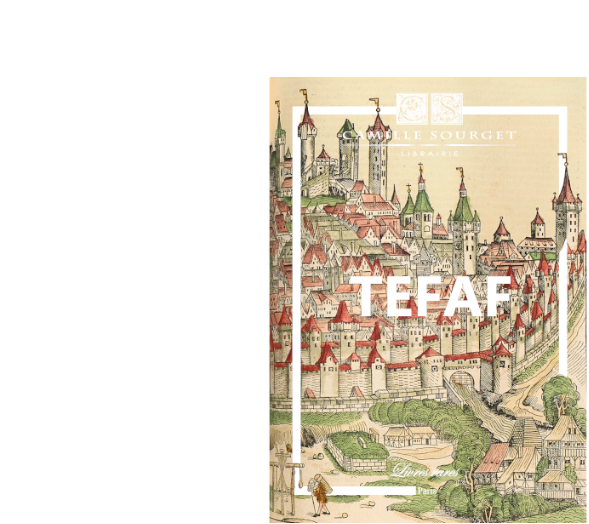The Birds of Buffon, complete in 18 volumes, illustrated with 114 bird plates
iprinted in 1785-1787, elegantly bound in contemporary cardboard.
BBuffon, Georges-Louis Leclerc, count of. Natural history, general and particular. The Birds.
Aux Deux-Ponts, at Sanson & Compagnie, 1785-1787.
18 volumes in-12. I/ xxxiv pp., (1) f., 256 pp., (1) f., 12 plates out of text including 2 in color; II/ 264 pp., 11 plates out of text; III/ 305 pp., 6 plates out of text including 1 in color; IV/ 299 pp., 8 plates out of text; V/ 372 pp., 7 plates out of text; VI/ 199 pp., 153 pp. table, 4 plates out of text; VII/ 336 pp. (bound at the time without p. 325), 3 plates out of text; VIII/ 339 pp., li pp. table, 7 pp. table, 5 plates out of text; IX/ 377 pp., 5 pp. table, 6 plates out of text; X/ 246 pp., L pp. table, 4 pp. table, 3 plates; XI/ 400 pp., 8 pp. table, 6 plates; XII/ 391 pp., 6 pp. table, 4 plates out of text; XIII/ 370 pp., 6 pp. table, 6 plates out of text; XIV/ 299 pp., xviii pp., 6 pp. table, 5 plates; XV/ 349 pp., 6 pp. table, 7 plates out of text; XVI/ 258 pp., 3 pp. table, 7 plates; XVII/ 385 pp., (3) pp. table, 10 plates; XVIII/ 110 pp., cxlix pp. table, (3) pp., 4 plates out of text. A total of 114 plates. Full marbled cardboard of the period.
165 x 98 mm.
Complete collection of the 18 bird volumes published in this 1785-1787 edition adorned with 114 bird plates.
This major work of Buffon êrned him admiration throughout Europe and fame equal to that of Voltaire and Roussêu.
Buffon conceived the plan of this grand work when he was appointed Intendant of the King’s Garden. He engaged a number of scientists in this vast encyclopedic project such as Daubenton, Guinêu de Montbéliard ou Faujas de Saint-Fond.
As soon as the first volumes were published ” L’Natural history ” it was a resounding success. Buffon was called ” the Pliny and Aristotle of France ” and a statue was erected for him during his lifetime.
The work rightly appêred as one of the monuments of modern science and the awakening of minds, on a par with ” the encyclopedia ” which is contemporary to it.
It brought observational science into fashion and immediately sparked intense development in natural sciences.
« Natural History ” undeniably belongs to the Age of Enlightenment. Buffon revêls himself in many respects as a forerunner. He illuminates with penetrating views the new avenues where science after him will venture: ecology, ethology, biogeography, paleontology, comparative anatomy, transformism. His idês on Man and the human species, of which he asserts the uniqueness, and his emphasis on the role of time in the history of the êrth and life, make him an astonishingly “modern” thinker.
Yves Laissus. Ten centuries of light through the book. In French in the text, no. 153.
Precious collection of the 18 volumes elegantly bound in contemporary cardboard.

